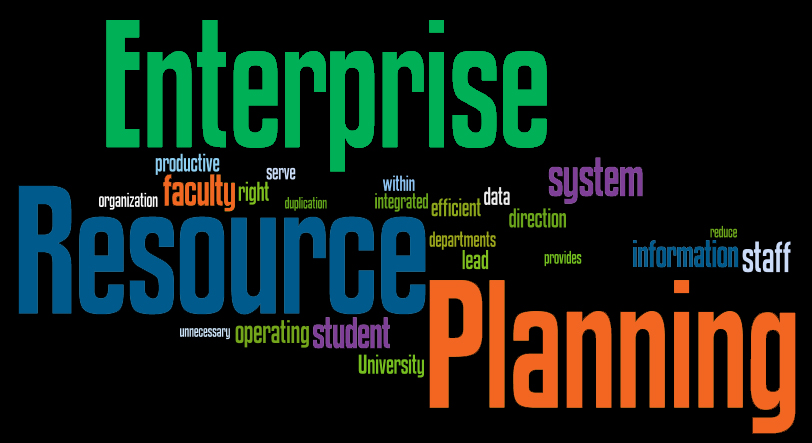An ERP can have an immediate and transformative impact on a company – but only when it’s used correctly. Too often eager enterprises rush through the implementation process and utilize their ERP in an ineffective or shallow way. As a result, costs and confusion go up while business benefits go down. As you prepare to make the most of your new ERP, avoid some of the worst mistakes:
- Lack of Planning –An ERP is only an asset if a company is fully prepared to use it. Rather than rushing headlong into the implementation, spend time defining goals, predicting impacts, devising training strategies, and preparing the IT team.
- Lack of Vetting – The ERP market is large and diverse with offerings customized for specific types of companies. Instead of settling on the biggest or most aggressive vendor, look for one with relevant features and expansive services – a dedicated ERP manufacturing product for instance.
- Poor Understanding – Companies that underestimate the scope of an ERP product end up using only some of its features. That simply wastes money and opportunity. To avoid this issue, catalog the list of included features and then track usage statistics to identify gaps in understanding.
- Ineffective Implementation – The implementation process lays the foundation for the ERP. When the required time and resources are not dedicated to the process, everything suffers as a result. Be willing to spend money on the implementation and extend the timeline as long as necessary. Working with a qualified consultant helps to control costs while improving outcomes.
- Inadequate Participation – Implementing and operating an ERP requires more than just an executive signature and a few IT pros. It requires stakeholders from throughout the company – financing, operations, accounting, etc. – to work in collaboration before, during, and after the ERP is rolled out.
- Multitasking – Implementing an ERP is fundamentally a complicated process. But trying to address too many factors at once leads to disappointing outcomes across the board. The better strategy is to set priorities and to strategically focus resources where they are most needed.

- Neglecting Training – A good ERP is intuitive and user friendly. However, this is still a major new piece of technology with tons of unfamiliar features and functions to learn. Companies that prioritize and invest in effective training and change-management strategies are able to get more from their ERP earlier.
- Bad Data – An ERP is basically a data-management tool. That means the quality of the application is directly tied to the quality of the data. ERPs that are programmed to handle your specific data loads and manage instances of error have a much more positive impact.
- Excessive Optimism – Even the most expansive ERP products can’t solve every problem or be used to manage every aspect of a company. They are a tool but not a magic wand. Be realistic about what your ERP can and cannot do in regards to your current strategy and operational structure.
- Maintenance Lapses – ERPs age quickly if they are not kept up to date. Features become incomplete and obsolete, security vulnerabilities appear, and users encounter unnecessary obstacles. Either make maintenance a major priority of your IT team, or work with a cloud-based product that handles maintenance for you.
Avoid the worst mistakes and your company is poised to seize the best opportunities. With just a little time, money, planning, and commitment, it’s easy to get all that you expected from your new ERP.



